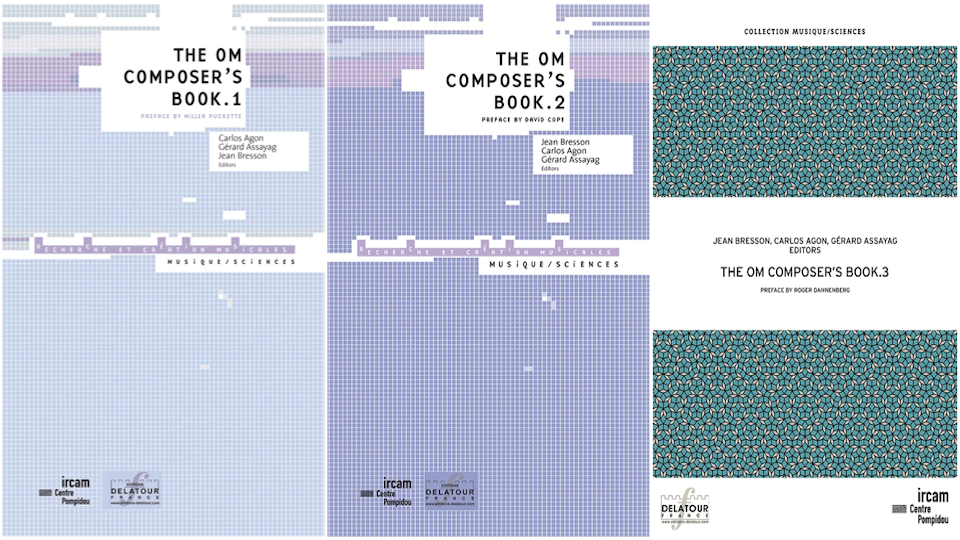Zylia’s ZM-1 microphone is designed for three-dimensional recording. It allows the user to record sound scenes and separate single sound sources though a combination of microphone array technology and digital signal processing algorithms.
The spherical microphone has 19 capsules that each have an omni-directional polar pattern and that use Micro-Electro-Mechanical Systems (MEMS) technology. The durable casing features an LED ring status indicator. It is capable of recording at sample rates of 44.1 and 48 kHz and 24- bit sample depth. Gain adjustment controls in steps of 0.5 dB from −12 dB to +32 dB are provided. The microphone is 6.1 in high and 4 in in diameter. It weighs 15.5 oz. The ZM-1 has an integrated desktop stand and it can be mounted on microphone stands that use 1⁄4-in and 5⁄8- inthreads. It connects to computers using a micro-USB port in the base.
Zylia Studio is a software application for recording and processing from the Zylia microphone. It can be used to balance and pan the multichannel recording and to separate it into individual audio tracks for use in a digital audio workstation (DAW), if required. Two separation modes are available, a virtual microphone mode and a high separation mode. The first of these mimics a directional microphone and allows any part to be isolated from the three-dimensional space. The high separation mode uses an additional process to mimic the behavior of a close microphone, reducing ambient sounds and background noise and giving even better sound source separation. The audio can be stored as PCM WAV files or using a lossless compression that reduces the size by half. The software is compatible with Macintosh, Windows, and Linux operating systems.
A PRO version of the software is available as a VST/AU plug-in. This provides spatial filtering and signal separation tools within a DAW and gives the user access to virtual microphones with different polar patterns and characteristics in post-production. A number of different group and surround sound presets are provided.
An Ambisonics converter can process convert multi-channel audio into b-format higher-order Ambisonics. It also supports FuMA or ACN channel ordering and SN3D or N3D normalization. It is also compatible with YouTube’s ambiX and Facebook’s TBE formats. The converter is available as a standalone application or as a VST plug-in.



Über den Autor